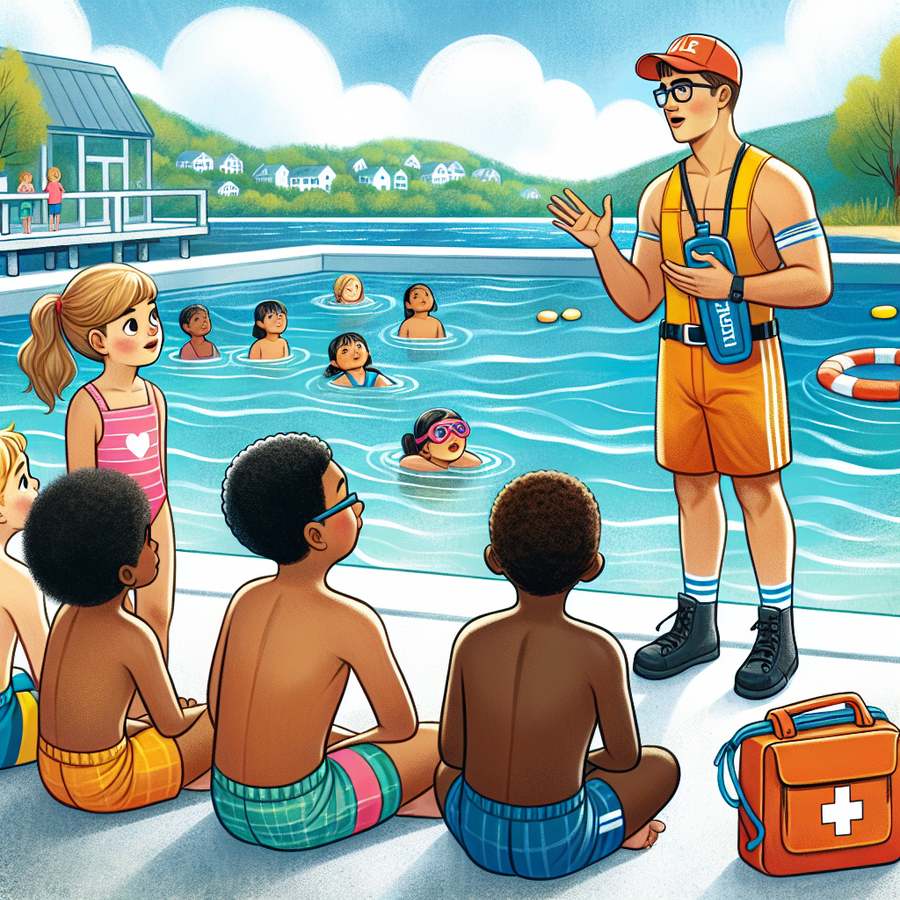Water safety is a crucial aspect of parenting that requires diligence and knowledge to protect your little ones from potential dangers. Whether it’s bath time, a day at the pool, or a family vacation by the sea, understanding water safety measures can ensure fun and secure experiences for your family.
What is Water Safety?
Water safety encompasses the practices and precautions necessary to prevent drowning and other water-related accidents. It involves being aware of the risks associated with water environments and having the skills and knowledge to address and avoid these dangers effectively.
Accidental drowning is one of the leading causes of death in children, making it essential for parents and caregivers to prioritize water safety. By adopting safe water habits and teaching them to your children, you can significantly reduce the risk of accidents.
Why is Water Safety Important for Babies and Young Children?
Babies and young children are particularly vulnerable to drowning because they can slip under the water silently and quickly. Unlike adults, children often do not understand the dangers of water and can struggle to keep themselves afloat. This underscores the importance of constant supervision and preventive measures to ensure their safety.
Furthermore, teaching your children about water safety from a young age instills a sense of respect for water bodies and empowers them with the knowledge and skills to navigate these environments safely as they grow.
How to Ensure Water Safety for Your Children
Ensuring water safety for your children involves a combination of supervision, education, and preparedness. Here are some key strategies:
- Always supervise children closely when they are in or near water, regardless of their swimming abilities.
- Enroll your child in age-appropriate swim lessons. Swimming is not only a fun activity but also a critical survival skill.
- Teach children to never swim alone and to always have a buddy with them.
- Keep pools and spas securely fenced with self-closing and self-latching gates.
- Learn CPR and basic water rescue skills. Being prepared for emergencies can make a critical difference.
- Equip your child with proper flotation devices when necessary, but do not rely solely on them for safety.
For more detailed information on keeping your baby safe during bath time, consider reading about bath time safety.
Water Safety Tips for Different Environments
Water safety measures vary depending on the environment. Here are some tailored tips for different settings:
- Home: Never leave a baby unattended in a bathtub, even for a moment. Keep toilet lids closed and secure heavy lids with locks to prevent access.
- Pools: Teach children to walk, not run, around pools and to stay away from drains and suction outlets. Check out our tips on pool safety for more information.
- Open Water: Be cautious of uneven surfaces, riptides, and currents. Always swim in designated areas supervised by lifeguards. For ocean safety tips, visit ocean safety.
Understanding the unique challenges of each environment and preparing accordingly can help you keep your children safe wherever they enjoy water activities.
Common Water Safety Mistakes to Avoid
Preventing water-related accidents involves being aware of common mistakes and actively working to avoid them. Here are some to keep in mind:
- Relying solely on flotation devices or swimming aids for safety.
- Assuming that because a child can swim, they are safe in all water environments.
- Leaving toys in or near the pool, which can attract children to the water.
- Not establishing and enforcing clear water safety rules.
By staying informed and vigilant, parents can create a safe and enjoyable water experience for their children. Remember, water safety is a continuous learning process that extends beyond the pool to all areas of water interaction.
For further reading on child safety, explore topics like drowning prevention, first aid for children, and swimming lessons for kids on our site.













